I hope by now you’ve seen the movie “The Imitation Game” with Benedict Cumberbatch and Keira Knightley. It’s the true story of Alan Turing, whom many consider to be the father of the modern-day computer and the discipline of computer science. Turing’s innovation (and the movie) takes place in early
English

This post shares the story of a teacher and coach, and a student-athlete who was the first in his family to graduate college, attend graduate school, and aspires to become a Mathematics professor. It's the first entry in a blog series that will highlight some tremendous educators with whom I’ve
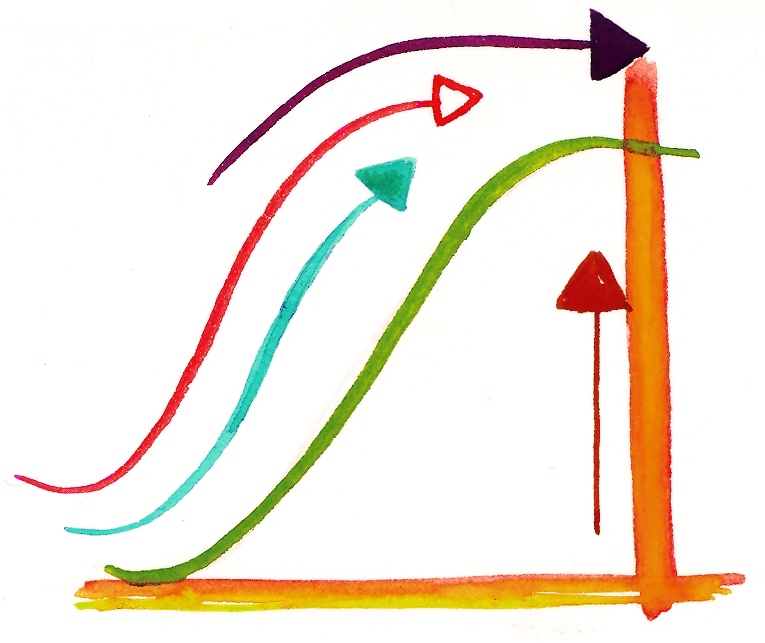
Having a mentor is the number one factor in increasing the steepness of your personal learning curve. So says my oldest, Garik, a Park Scholar at North Carolina State University (class of 2012), during a discussion he recently had with the incoming Park Scholar class of 2019. To accept the

The Internet of Things (IoT) has become the new It Girl of the IT world. Of course her big brother big data continues to generate big buzz. My sis from another miss Tamara Dull has blogged about the relationship between big data and IoT, positing big data is a subset of IoT on
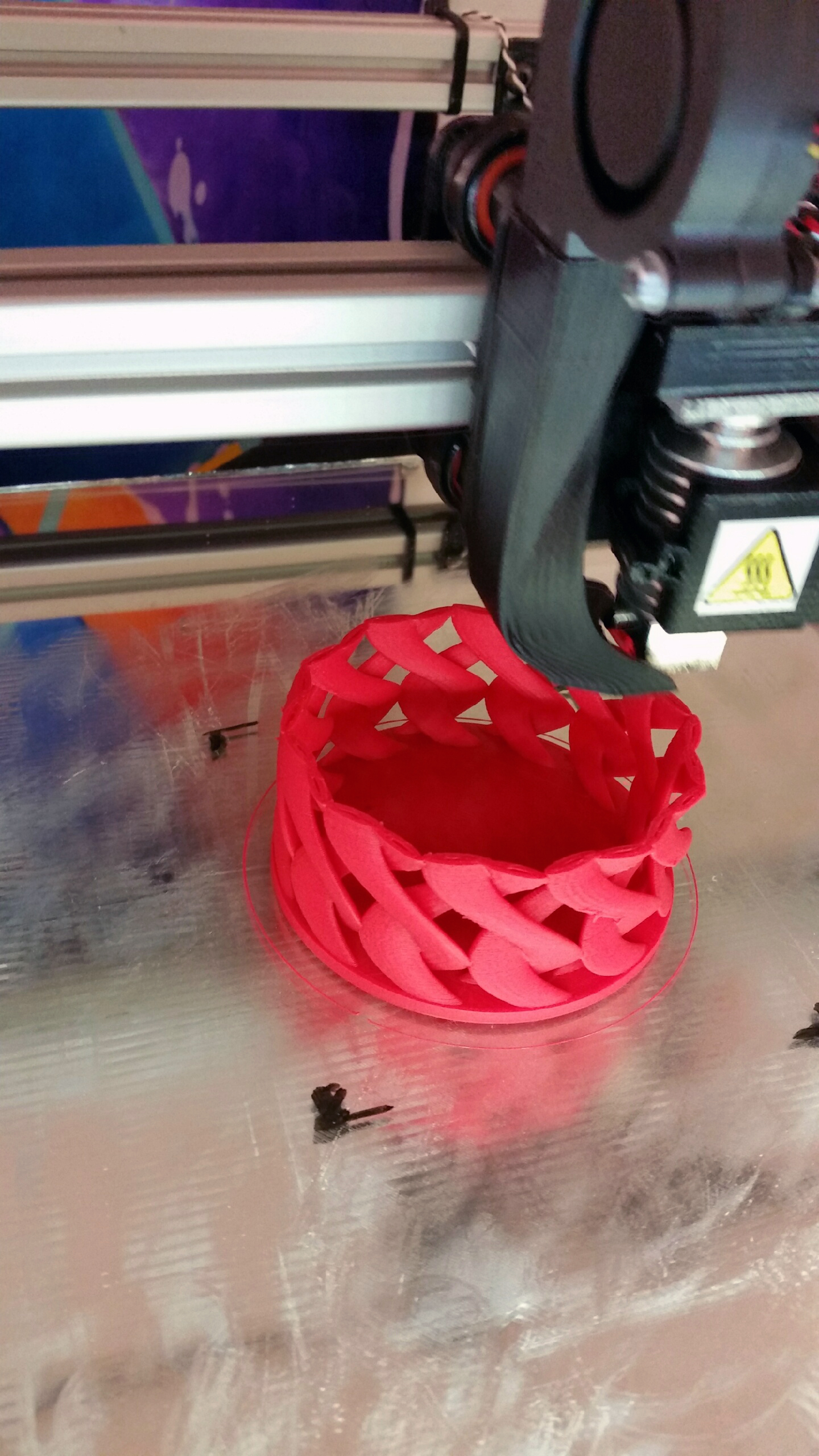
By now, you’ve probably seen a video of a 3D printer discharging layers of plastic to create a model of a building or a plastic figurine. You may have heard stories about 3D printed guns, 3D printed airplane parts and even 3D printed body parts. While 3D printers are becoming more common, they are
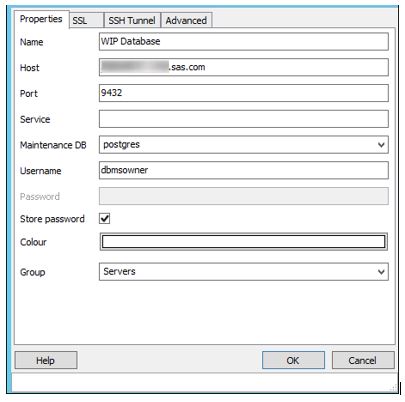
SAS Visual Analytics contains an Administrator Overview report which provides for Visual Analytics usage information by application, user, and object. To provide data for the report you must enable collection of key actions audit data in the Visual Analytics Middle-Tier. Auditing doesn’t just apply to Visual Analytics, it can be
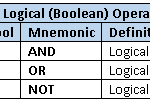
In SAS, the DATA step and PROC SQL support mnemonic logical operators. The Boolean operators AND, OR, and NOT are used for evaluating logical expressions. The comparison operators are EQ (equal), NE (not equal), GT (greater than), LT (less than), GE (greater than or equal), and LE (less than or

Analytics claim this is the 20th most used word in English writing. What word, you might ask? This word. Which one? This one right here! You might think I'm trying to lead into an Abbott & Costello-style comedy routine, but I literally mean this word ... the word 'this'! As you can
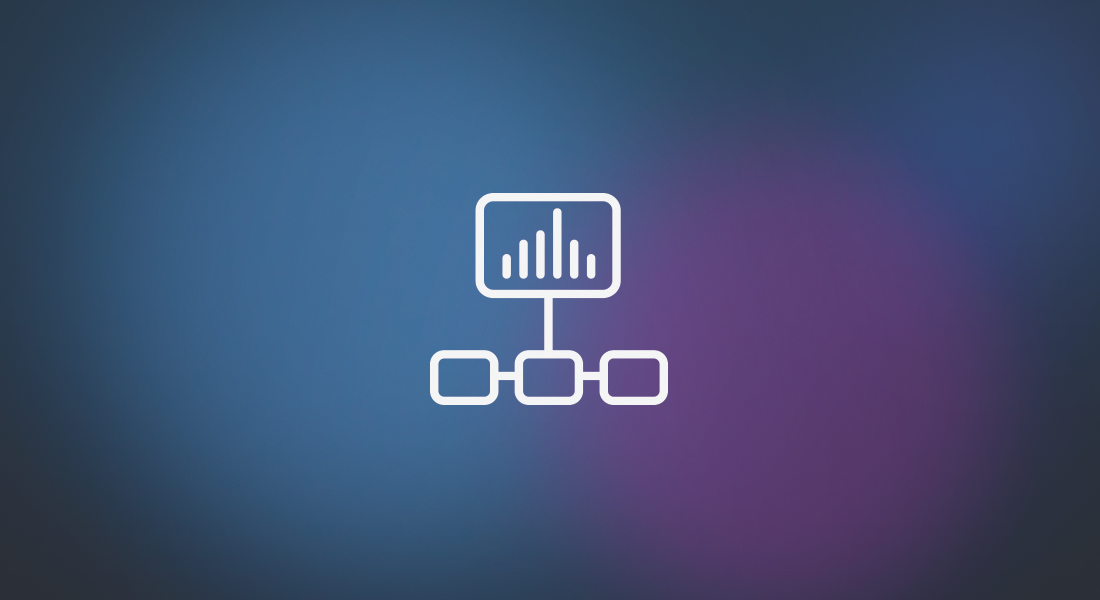
If you turned in for my recent webinar, Machine Learning: Principles and Practice, you may have heard me talking about some of my favorite machine learning resources, including recent white papers and some classic studies. As I mentioned in the webinar, machine learning is not new. SAS has been pursuing

Do you have a great idea for an analytics project but need approval to get started? Or maybe you've had some initial successes with analytics and you're ready to expand the program. We talked to four analytics leaders in the higher education industry to get their advice on how to

The Internet of Things, event stream processing and wearable devices such as Apple Watch and FitBit, just to name a few, all have massive potential to meaningfully contribute to the broader health care world. They accomplish this by transmitting personal health data in near-real time in support of potential diagnosis

With so many cybersecurity stories and large scale data breaches in the news, it's no wonder that cybersecurity is a top priority for leaders in many industries. But did you know analytics can help protect your customer and organizational data? Franklin Witter, Principal CyberSecurity Consultant, recently shared these three cybersecurity
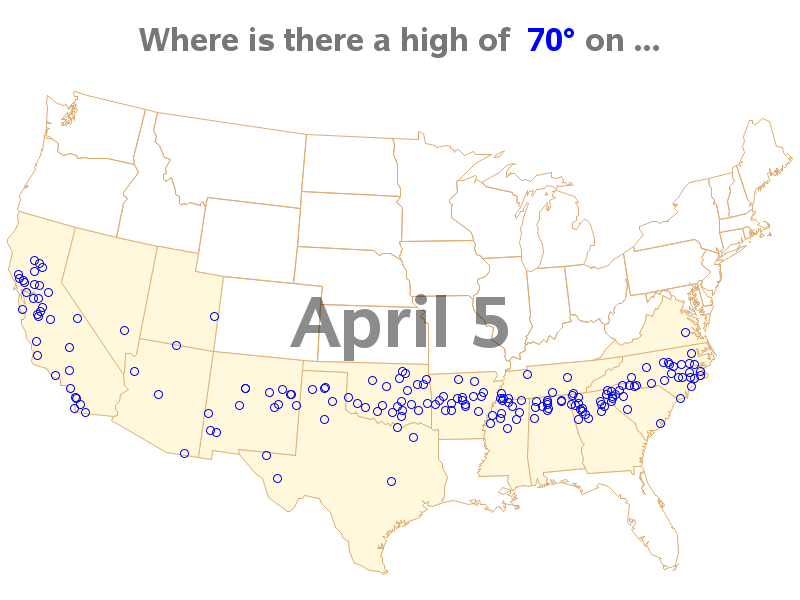
Endless Summer is both a surfing movie, and the idea that "if one had enough time and money it would be possible to follow the summer around the world, making it endless." Summer temperatures are fine if you're swimming & surfing, but I prefer slightly cooler temperatures - perhaps an
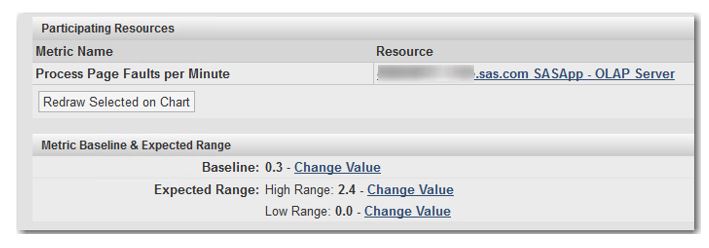
We all know that alerting is one of the most powerful features of SAS Environment Manager; the flexibility and comprehensiveness of this feature is one of the things that makes SAS EV stand out among monitoring tools. If we dig a little deeper, we find that we have quite a bit of

Like retailers, Communications Service Providers (CSPs) interact with customers in multiple ways during the buy, use and share journey. These interactions take place at stores and on websites, Facebook pages, call centers, and other channels. However, unlike retailers, CSPs are having a harder time providing a seamless experience across their many channels.
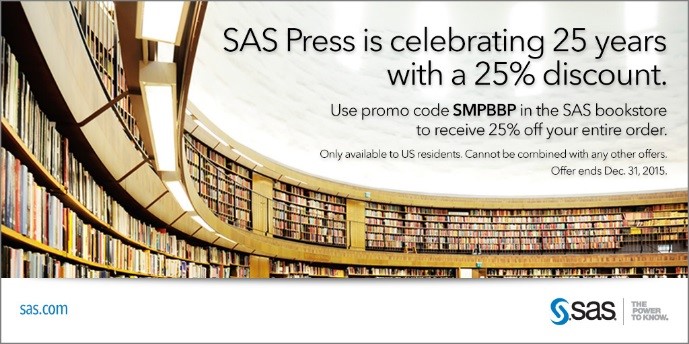
Of course it has not really been 25 years of SAS Press, but more like 30 or so. But it has been 25 years of the publishing of SAS books by SAS users. What started as “Books by Users” with only a few titles has grown into what is now

Working on a data migration project gives you a unique opportunity to learn where your organization has fallen short in its data management strategy. It's when you start to explore your legacy data landscape that you get a feel for how big a silo challenge your company has. It wasn't

The holiday countdown has begun. With less than 1 month until Thanksgiving and less than 2 months until Christmas, we are already beginning to plan out our holiday travel and family commitments. Often lost in the maze of planes, trains and automobiles (and feasts, gifts and holiday cheer), is physical
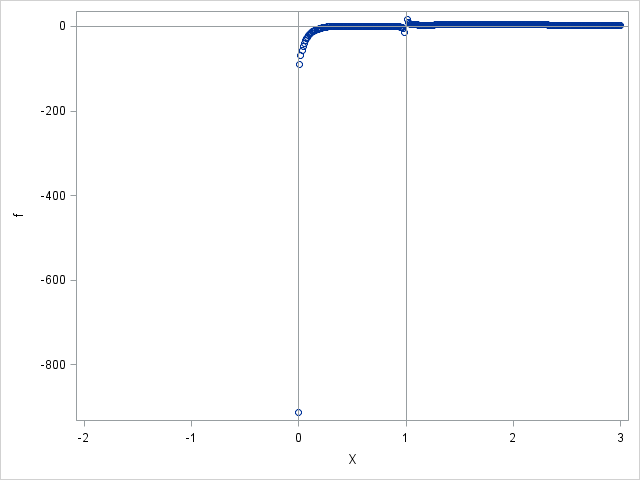
Statistical programmers often need to evaluate complicated expressions that contain square roots, logarithms, and other functions whose domain is restricted. Similarly, you might need to evaluate a rational expression in which the denominator of the expression can be zero. In these cases, it is important to avoid evaluating a function
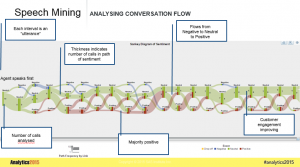
Analyzing text is like a treasure hunt. It is hard to tell what you will end up with before you start digging and the things you find out can be quite unique, invaluable and in many cases full of surprises. It requires a good blend of instruments like business knowledge,

~ Coauthored by Varsha Chawla and Dale Rierson ~ Here at SAS, we take our sports seriously. With our corporate headquarters in a city surrounded by major universities and with offices all over the world, it’s no wonder that sports data often becomes the forefront of our demos and projects.

Years ago, during a performance review at a non-profit, my supervisor wrote the following comment at the end of my self-evaluation, "Page, you have exceeded my expectations, and, clearly, are adding value to the organization, but I wonder sometimes if you know how to stop and celebrate what you have achieved. It seems like you
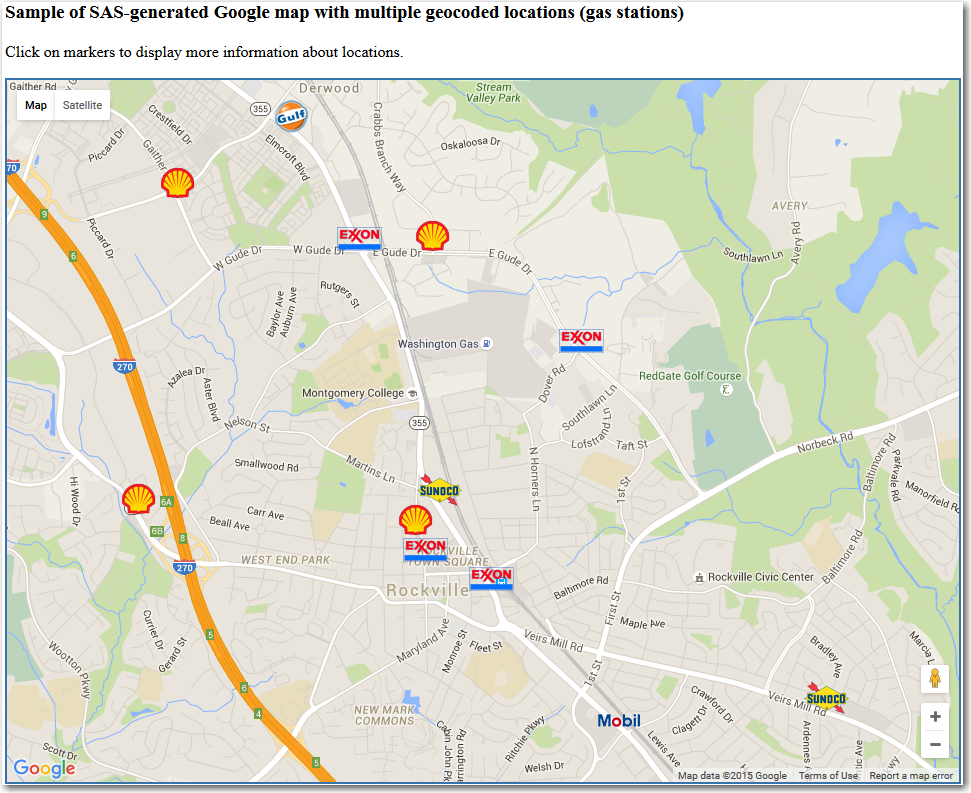
➤ DISCLOSURE! In June 2018 Google introduced changes to the way it handles its Maps platform. They now require API key in order to embed a map, plus Google Maps "projects" must now be associated with a billing account. Unless these new Google rules are met, Google maps described in

Data is used to answer many different questions, but one common theme we’ve been seeing in the industry is using data for the common good. After Hurricane Katrina struck New Orleans, the Office of Performance and Accountability (OPA) was challenged with rebuilding the city. Joel Mullis, the city’s first data

Many people perceive big data management technologies as a “cure-all” for their analytics needs. But I would be surprised if any organization that has invested in developing a conventional data warehouse – even on a small scale – would completely rip that data warehouse out and immediately replace it with an NoSQL

Sometimes I can't remember where I put things. If I lose my glasses or garden tools, I am out of luck. But when I can't remember where I put some data, I have SAS to help me find it. When I can remember the name of the data set, my

Over the last few years I’ve seen and worked on many transformational projects with big data, especially those that tap into big data’s ability to provide new and improved services for the public good. But there’s also a danger that analytics, unchecked, can do social harm by indirectly discriminating against

Music is the beat of my life! Ever since I was little I was dancing around the house and singing. Remember when you could go to an amusement park and do a video while lip syncing? That’s right – me at about 9 or 10 years old singing and dancing
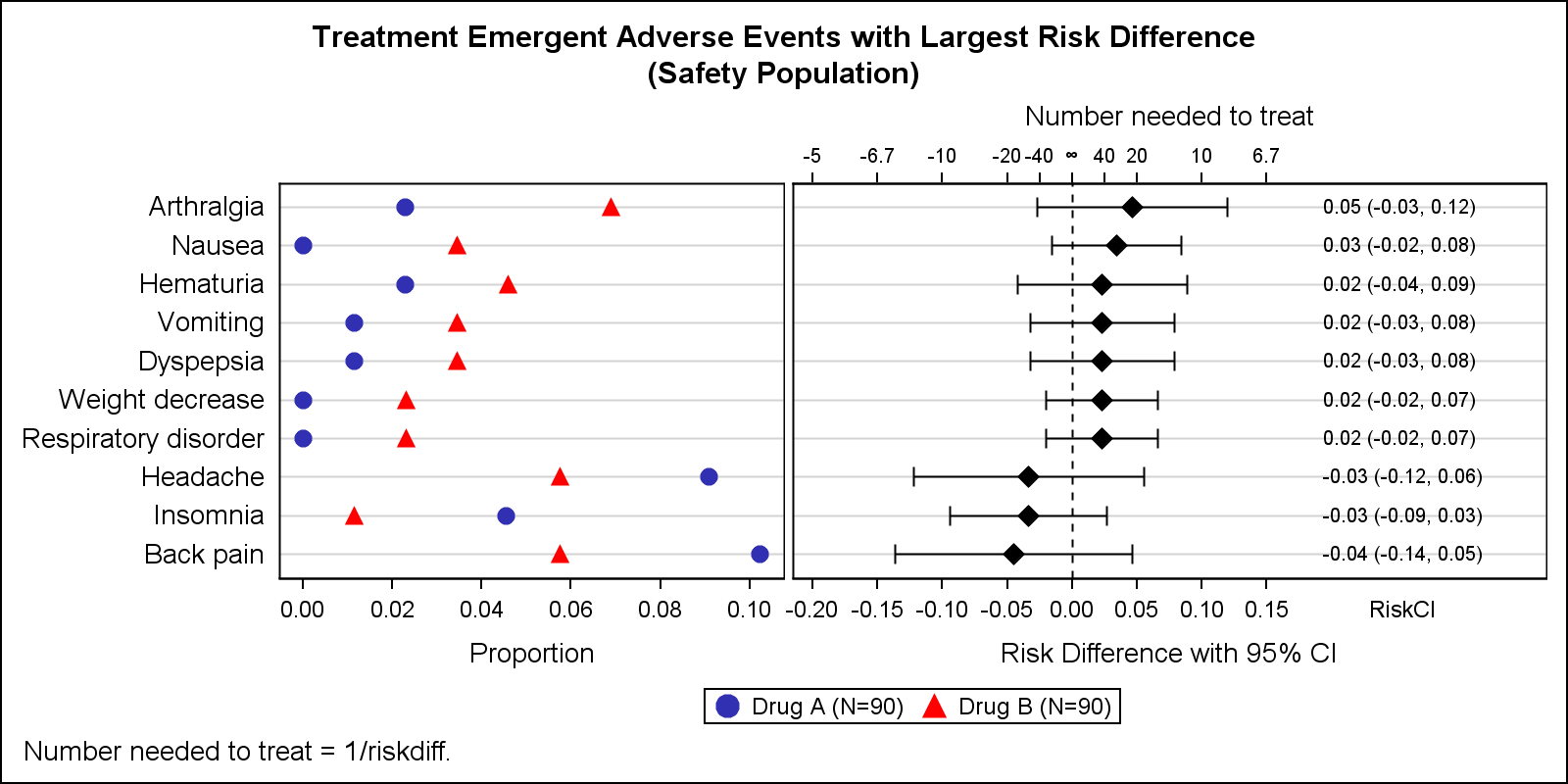
Early last year I wrote an article on how to create the "Most Frequent Adverse Events Sorted by Relative Risk" graph using the SGPLOT procedure. The key issue here is that such a graph normally displays two plots side by side, a scatter plot of the proportion values by treatment

The INFORMS 2015 Annual Meeting will be held in Philadelphia November 1-4. More than two dozen SAS staff will participate, and SAS will have three adjacent booths representing SAS/OR (and all of Advanced Analytics), JMP, and the SAS Global Academic Program. SAS is well-represented among the presentations at this meeting,

























